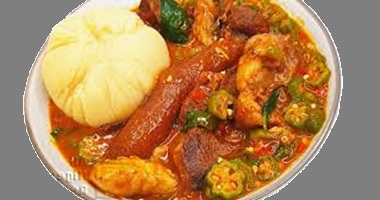Maillard Reaction: What Every Cook needs to know
Have you noticed that most recipes for baked goods direct you to “bake until golden brown?” Why do baked goods turn golden brown? The answer happens to be one of my favorite food science secrets because behind every golden brown baked temptation is the Maillard reaction.
What is the Maillard Reaction?
Maillard reaction is known as carbonyl-amine reaction/browning, is a non-enzymatic browning (NEB) reaction that produces attractive colors and flavors in baked products and other thermally-processed foods.
Maillard reaction occurs when sugar and protein-containing formulations are put to heat processing in the presence of adequate amounts of free water, alkaline pH and some metals.
The Maillard reaction needs the accessibility of reducing sugars and free amino acids/peptides.
However, it is not a single reaction but a whole complex series of reactions that rely on factors such as pH, temperature, available moisture among others.
Examples of products that go through Maillard reactions include:
- Confectionery
- Dry mixes
- Bakery products
- Dairy products
- Fried potatoes (French fries)
- Dried vegetables
Maillard Reaction: How it works
It was French chemist Louis Camille Maillard who first understood the science behind browned food when he revealed that the amino acids and sugars in food molecules change when food meets a temperature of 300 degrees F, transforming the color and developing breath-taking flavor profiles.
A significant part of the Reaction is that browning can only occur when food is dry. Water boils at a temperature of 212 degrees F, so browning can only occur in the absence of moisture.
For example, caramelized onions only caramelize when the majority of the onion’s liquid has dissipated during the cooking process.
It is crucial to pat the meat dry before introducing it to heat. If not, the protein will steam instead of earning that good dark-brown crust. And also, the mixture of hot oil and water is not safe, as the pan can spit and spatter and cause burns.
The Difference between Maillard Browning and Caramelization
Caramelization is a completely different process from Maillard browning, though the results of the two processes are sometimes comparable to the naked eye and taste buds.
Caramelization may sometimes cause browning in the same foods in which the Maillard reaction occurs, but the two processes are different.
Both are aided by heating, but the Maillard reaction involves amino acids, as discussed above, whereas caramelization is the pyrolysis of certain sugars.
Thus, next time you are walking down the bread aisle in the grocery store, go for something with good dark-brown color because brown is flavor.

References:


